The Hungarian State Opera House, a Neo-Renaissance gem designed by Miklós Ybl, stands as a testament to Budapest’s rich cultural heritage and architectural grandeur. Opened in 1884, this iconic building has been a cornerstone of Hungary’s artistic landscape for over a century. Its opulent design, exceptional acoustics, and historical significance make it one of Europe’s premier opera venues. Beyond its role as a performance space, the opera house symbolizes Hungary’s dedication to the arts and its cultural identity. Whether attending a world-class performance or exploring its ornate interiors, a visit to the Hungarian State Opera House offers a glimpse into the artistic soul of Budapest.
Architectural Beauty
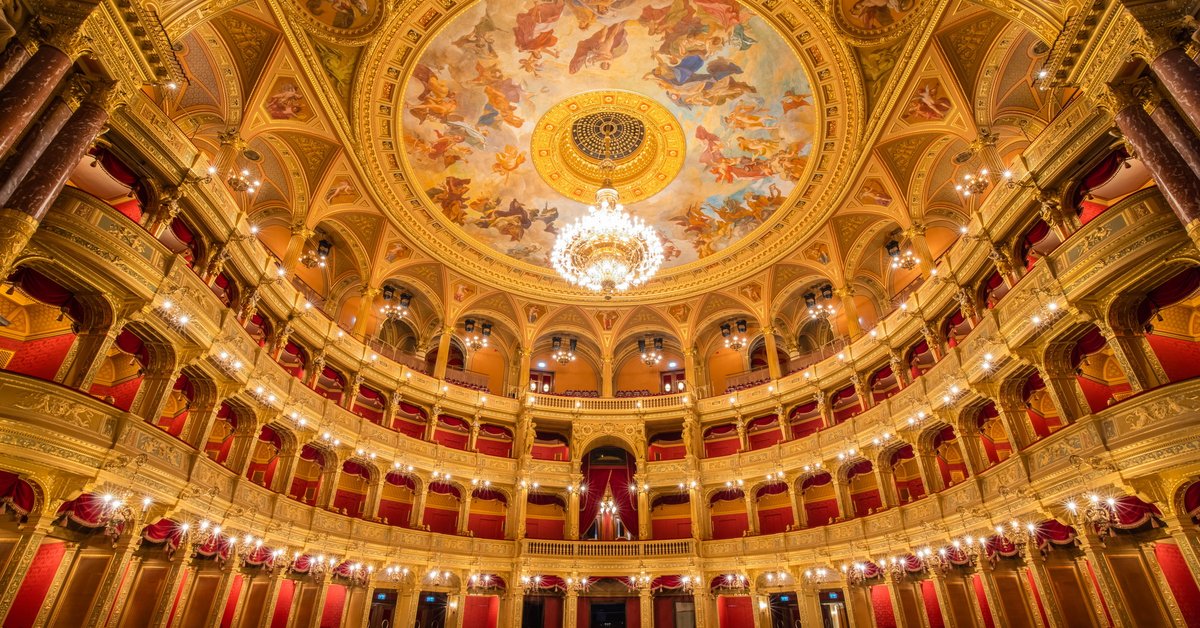
The Hungarian State Opera House is a masterpiece of Neo-Renaissance architecture, designed by the esteemed Hungarian architect Miklós Ybl. Completed in 1884, it stands as a testament to the grandeur and cultural aspirations of 19th-century Hungary. The building’s façade is adorned with intricate sculptures and decorative elements that reflect the opulence of the era. Notably, statues of renowned composers such as Franz Liszt and Ferenc Erkel grace the exterior, underscoring Hungary’s rich musical heritage.
Upon entering, visitors are greeted by a magnificent foyer featuring a double grand staircase, flanked by grey marble columns that support the arches above. The interior is further embellished with works from celebrated Hungarian artists, including frescoes and statues that depict mythological themes. The mosaic-tiled floors, reminiscent of ancient Greek designs, add to the aesthetic appeal of the space.
The main auditorium, with its horseshoe-shaped design, spans three levels and can accommodate nearly 1,300 spectators. The space is illuminated by a stunning chandelier, weighing approximately three tons and featuring around 240 light bulbs. Manufactured in Mainz and originally lit by gas, the chandelier was designed by Ybl himself and remains a focal point of the auditorium.
In addition to its architectural beauty, the opera house is renowned for its exceptional acoustics, often considered among the finest in Europe. This is attributed to the meticulous design and construction techniques employed by Ybl, ensuring an unparalleled auditory experience for audiences.
The Hungarian State Opera House is not merely a venue for performances; it is a symbol of Hungary’s dedication to the arts and its cultural identity. Its architectural splendor continues to captivate visitors, offering a glimpse into the artistic soul of Budapest.
A Hub for World-Class Performances
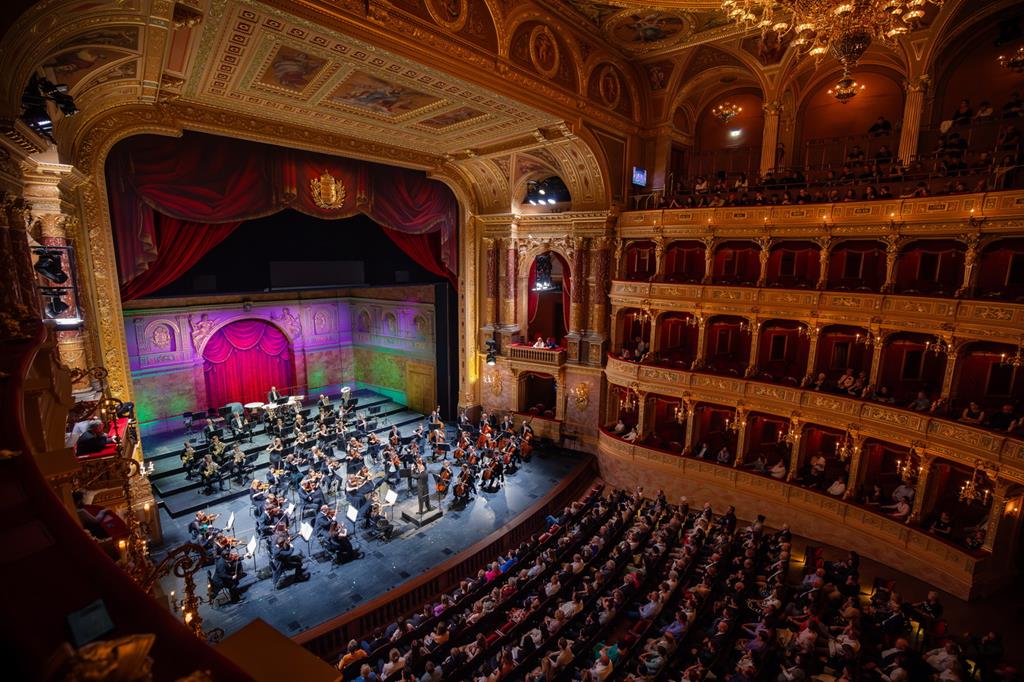
Since its inauguration in 1884, the Hungarian State Opera House has been a cornerstone of Hungary’s musical heritage, hosting an array of distinguished composers and performers. Notably, it has welcomed luminaries such as Richard Wagner and Giacomo Puccini, whose works have graced its stage, solidifying its reputation as a premier venue for opera and classical music.
In the 2025/26 season, the opera house continues its tradition of excellence with a diverse program comprising 385 performances, including seven new premieres and 36 different repertoire productions. The season features a blend of classical masterpieces and contemporary works, showcasing the institution’s commitment to both preserving and innovating within the operatic art form.
The opera house also serves as a platform for international talent, hosting recitals by renowned artists such as German bass Georg Zeppenfeld and American mezzo-soprano Joyce DiDonato. These performances not only highlight the venue’s global appeal but also its dedication to presenting a wide range of vocal artistry.
Beyond opera, the Hungarian State Opera House embraces the broader spectrum of performing arts. Events like the 9th Iván Nagy International Ballet Gala exemplify its role in promoting ballet and dance, featuring stars from prestigious companies such as the Bolshoi Theatre and the English National Ballet.
Through its rich programming and commitment to artistic excellence, the Hungarian State Opera House remains a vital cultural institution, offering audiences unparalleled experiences in opera, ballet, and classical music.
Cultural Significance
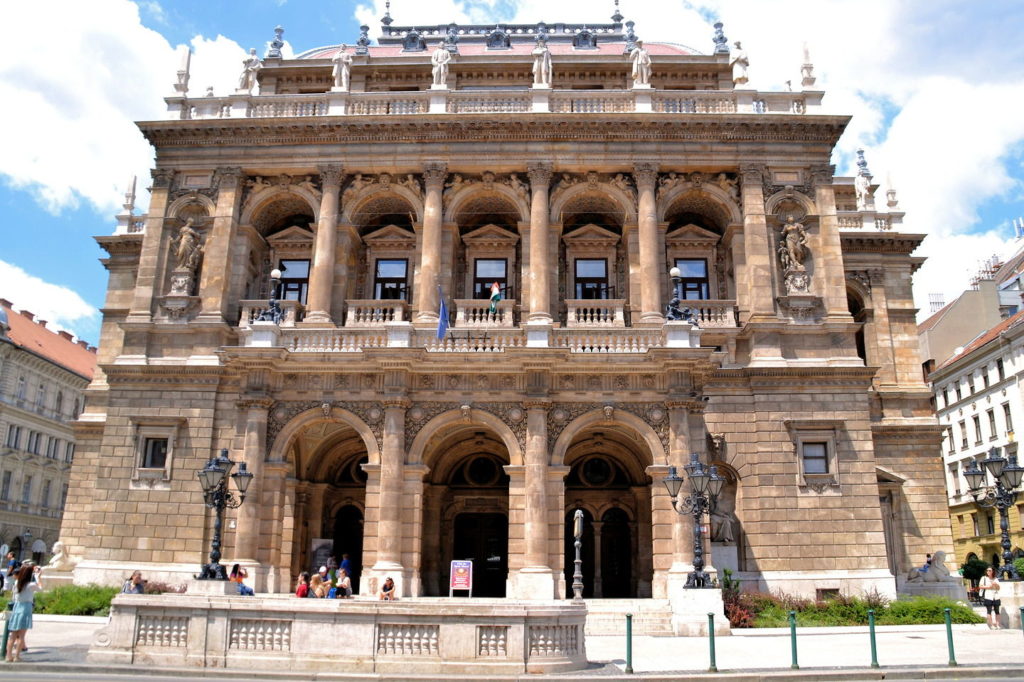
The Hungarian State Opera House stands as a testament to Hungary’s enduring commitment to the arts and its rich cultural heritage. Since its inauguration in 1884, the opera house has been more than just a venue for performances; it has been a symbol of national pride and artistic excellence. Its establishment during the Austro-Hungarian Empire era marked a significant cultural milestone, reflecting the nation’s aspirations and dedication to fostering a vibrant artistic community.
Beyond its architectural grandeur, the opera house has played a pivotal role in shaping Hungary’s cultural identity. It has served as a platform for Hungarian composers, conductors, and performers to showcase their talents, contributing to the development and recognition of Hungarian music on the international stage. The venue’s commitment to promoting national artistry has solidified its status as a cultural beacon within Budapest and beyond.
The opera house’s influence extends beyond performances, permeating the city’s social and cultural fabric. It has been a gathering place for artists, intellectuals, and the public, fostering a sense of community and shared cultural appreciation. Through its enduring presence and continued dedication to the arts, the Hungarian State Opera House remains a cornerstone of Hungary’s cultural landscape, inspiring generations and attracting visitors from around the world.
Behind the Scenes: A Glimpse into Opera Life
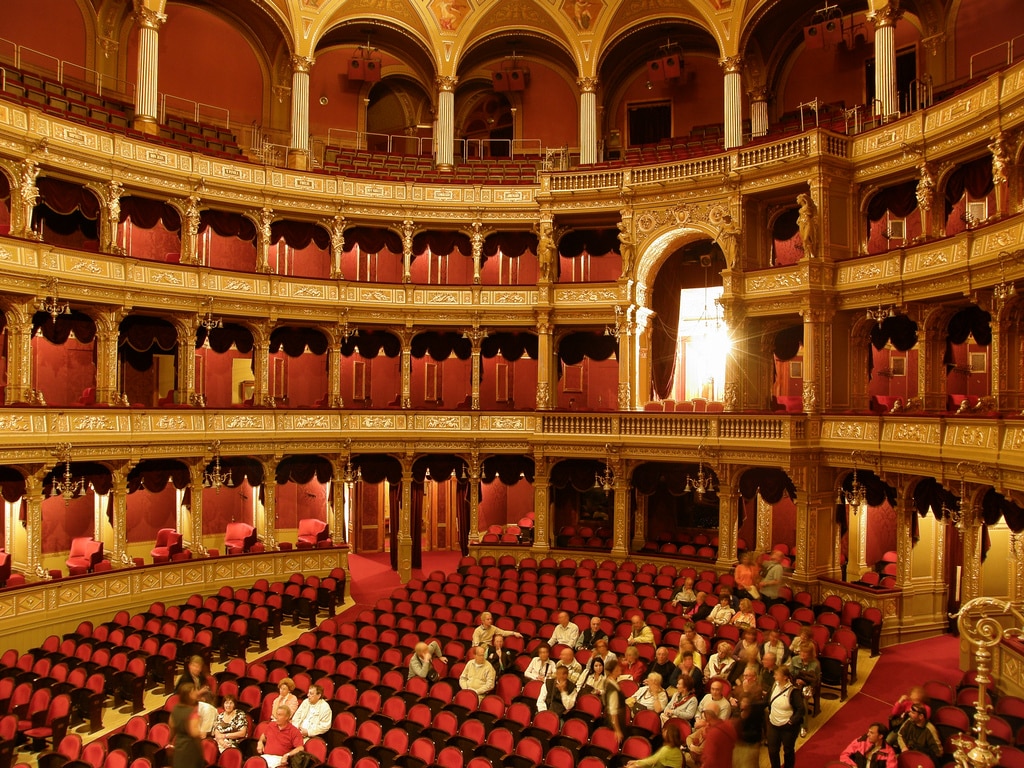
For those eager to delve deeper into the world of opera, the Hungarian State Opera House offers guided tours that provide an intimate look at its rich history and architectural splendor. These tours, available in multiple languages including English, German, Spanish, French, Italian, and Hungarian, are conducted daily and typically last around 60 minutes. They offer visitors the opportunity to explore the opulent interiors, such as the grand staircase and the auditorium adorned with magnificent frescoes.
Beyond the public areas, the tours grant exclusive access to behind-the-scenes locations, including backstage areas and rehearsal rooms. This unique glimpse into the operational aspects of the theater allows visitors to appreciate the intricate workings that bring performances to life.
A highlight of the tour is a brief live concert performed by artists of the Hungarian State Opera, offering guests a taste of the venue’s exceptional acoustics and musical heritage. These performances typically feature two popular opera arias and take place in the marble Main Staircase area.
Tour Schedule and Pricing
Guided tours are available daily at 13:30, 15:00, and 16:30 in English. Tours in other languages, such as Italian, Spanish, German, French, and Hungarian, can be arranged upon request by contacting the OperaTour team.
The standard ticket price for the guided tour is 9,000 HUF per person. For Hungarian-language tours, the price is 5,000 HUF. Additionally, an optional mini-concert featuring two opera arias can be included for an extra 690 HUF.
Practical Information
The Opera House’s ticket office operates from Monday to Sunday, 10:00 a.m. to 7:00 p.m., and remains open until the end of the first interval on performance days. Please note that 30 minutes before a performance, the ticket office exclusively serves visitors attending that day’s event.
Photography for non-commercial purposes is permitted during the tour; however, flash photography and tripods are not allowed. It’s also important to note that access to certain areas, like the auditorium, may be restricted during rehearsals or performances.
These guided tours not only enrich visitors’ understanding of the Hungarian State Opera House’s historical and cultural significance but also offer an immersive experience into the artistry and dedication that define this iconic institution.
The Hungarian State Opera House is a lasting emblem of Hungary’s deep-rooted devotion to the arts and national heritage. Since its opening in 1884, it has stood not only as a venue for world-class performances but also as a cultural cornerstone that reflects the country’s historical and artistic aspirations. Its architectural splendor and dedication to showcasing Hungarian talent have made it a beacon of cultural pride in Budapest. More than a theater, it serves as a space for community, creativity, and celebration, continuing to inspire audiences from around the world.

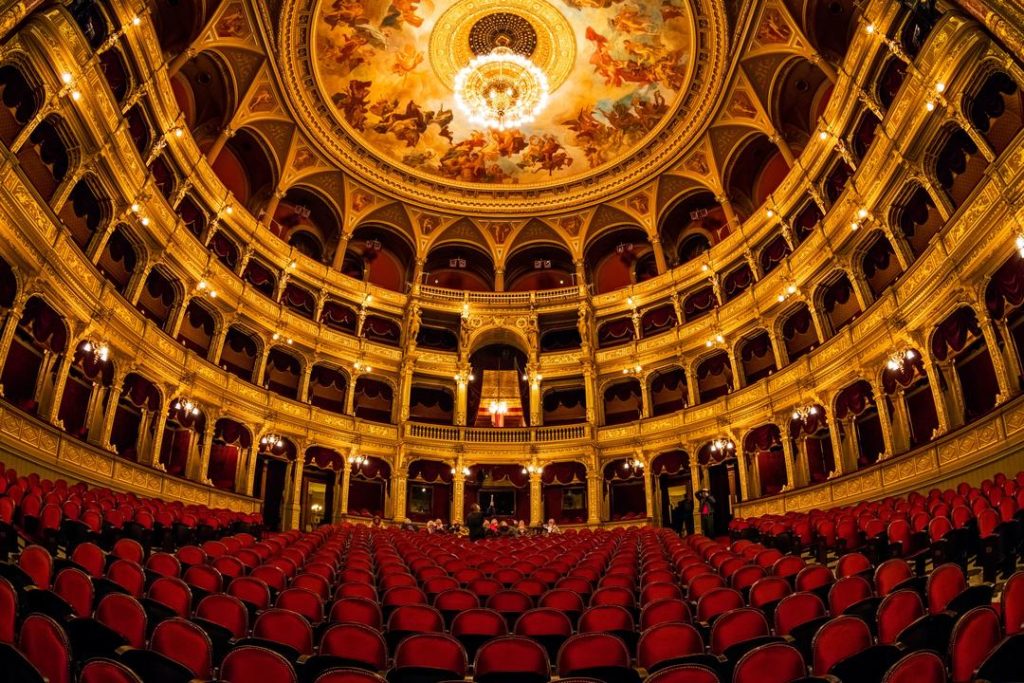
Comments are closed.